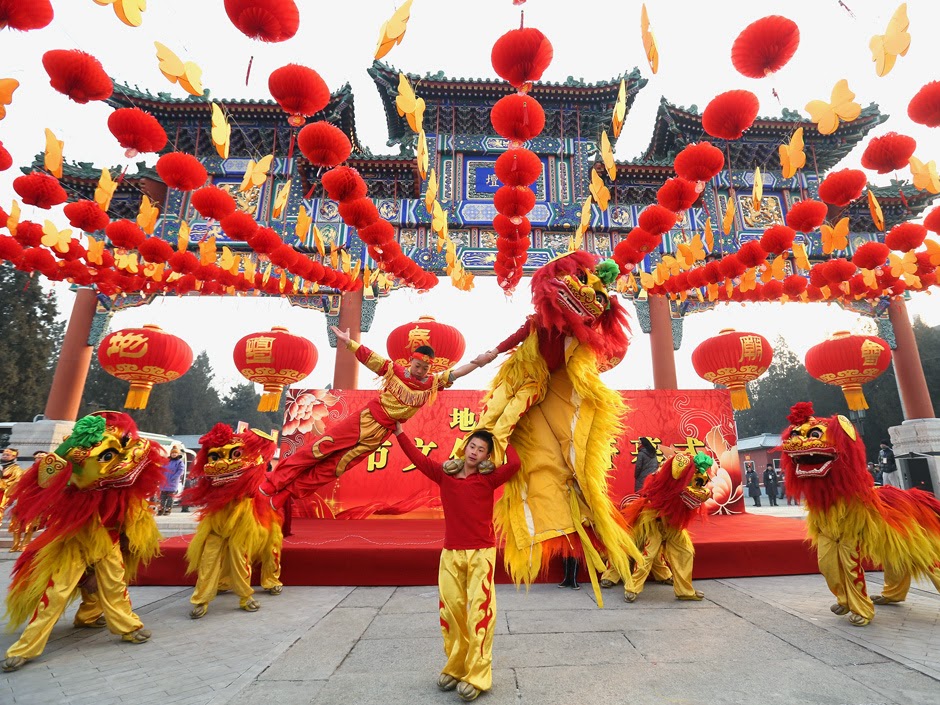In Eileen Wacker’s second book in the Fujimini Adventure Series, Fujimini Island is filled with excitement as the animals prepare for the much anticipated Moon Festival Celebration, a traditional Chinese harvest festival. All the hamsters are busily making beautiful traditional lanterns while Red Penguin is crafting her prized sushi. The other critters who live on Fujimini Island are doing all the can to help, including Blue Whale who just loves parties. Red Penguin is very proud of her sushi, and is doing a bit of showing off and bragging to the hamsters about how important it is. Suddenly, her beloved sushi vanishes. Has a simple mistake been made or is someone trying to teach Red Penguin a lesson about bragging?
Given 4.62 out of 5 stars on Good Reads and 5 out of 5 stars on Barnes and Noble, this book is an excellent way to make kids smile and laugh along through the adventures of the Fujimini Island animals while also learning a subtle but important moral lesson about bragging.
A customer reviewed the book on Barnes and Noble’s website, giving it a 5 out of 5 and commented:
“Red Penguin and the Missing Sushi is a clever and very funny little book. The characters are great and the story keeps children engaged. Plus, the author infuses bits of asian culture into the story. It's fun and educational!”
When asked about her inspiration behind this book author and CEO of ONCEKids Eileen Wacker responded, “My inspiration for Red Penguin and the Missing Sushi was children’s hide and seek, sushi making and bragging! It is a true adventure story involving two best friends who decide to teach a sushi making bragging chef a lesson. Of course it backfires and the importance of working together to solve a problem comes into play! I love this story and the bragging penguin is really a great friend and chef!”
Enjoy the story on your kindle, hardcopy, or as an animated book!




















